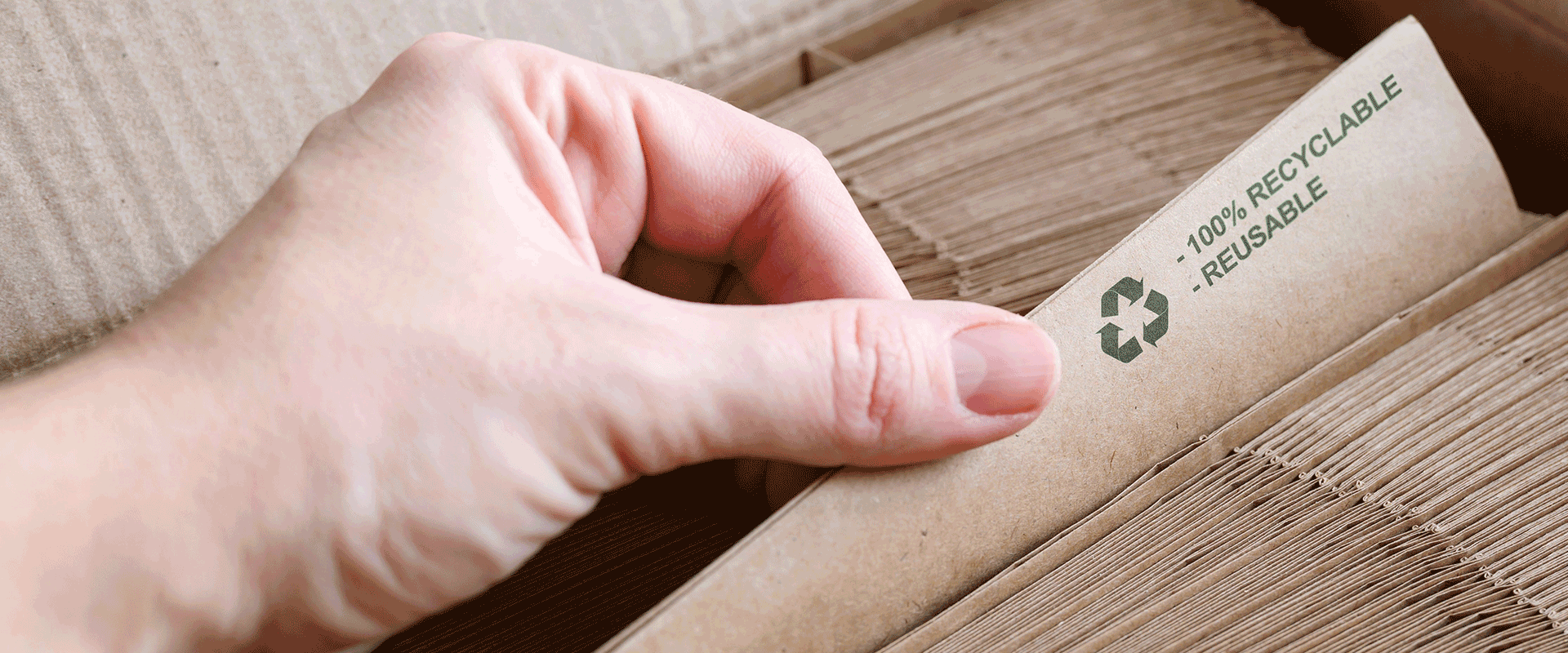
Packaging Inputs Are a Key Tool Helping Brand Owners Make Progress Toward Their Corporate Sustainability Goals
- Article

As companies continue to strengthen their commitment to using sustainable packaging, packaging inputs that improve sustainability are increasingly in demand.
Sustainability, the focus of this article, is one of three broad macro trends in the packaging space, along with safety and functionality. And while the exact definition of “sustainable” may differ from company to company, when it comes to packaging, it means that all of a package’s components — including substrates, coatings, adhesives and inks — must themselves be sustainable.
Corporate sustainability goals are being driven by a confluence of factors, namely the need to reduce environmental impact, the influence of consumer expectations and the evolution of the regulatory landscape (see Table 1).
But whereas package design and emission/resource reduction have been central commitments for more than 10 years, eliminating problematic inputs, reducing excess and providing disposal guidance have only emerged more recently.
Generally speaking, companies are on track when it comes to meeting their emissions reduction targets but are struggling to meet recycled material and package design targets due to a host of infrastructure challenges (see Figures 1a and 1b).
Companies are focused on four innovations that enhance recyclability, enable biodegradability, reduce reliance on petrochemicals and minimize waste, respectively.
All four of these sustainability innovations present opportunities, not just for the packaging makers and brand owners that leverage them, but also for the chemicals and materials firms that supply them.
Be sure to check out the rest of our three-part series, which delves into the macro trends in packaging as well as the impact of health and safety concerns and the desire for increased functionality.
To set up a meeting to learn more, please contact us.
L.E.K. Consulting is a registered trademark of L.E.K. Consulting LLC. All other products and brands mentioned in this document are properties of their respective owners. © 2025 L.E.K. Consulting LLC